I'm trying to make some city maps, and I'd like to distort them a bit so that the densest parts (manhattan in this case) appear to be a little wider on the final map. I'm having a hard time finding good projection examples at the city-level.
I'd just like a projection that makes a better-looking map of New York City, but that might be too subjective, so let's say I want to fatten Manhattan. Reproducible code of what I've tried below:
library(ggplot2)
library(maptools)
shpny.tf <- tempfile()
download.file(
"http://www2.census.gov/geo/tiger/TIGER2010/COUNTY/2010/tl_2010_36_county10.zip" ,
shpny.tf ,
mode = 'wb'
)
shpny.uz <- unzip( shpny.tf , exdir = tempdir() )
ny.shp <- readShapePoly( shpny.uz[ grep( 'shp$' , shpny.uz ) ] )
# limit the shapefile to only the five boroughs
nyc.shp <- subset( ny.shp , as.numeric( as.character( COUNTYFP10 ) ) %in% c( 5 , 47 , 61 , 81 , 85 ) )
# prepare for plotting
nyc <- fortify( nyc.shp )
# make a plot
p <- qplot( data = nyc , x = long , y = lat )
# default plot
p
# these two seem like good candidates for fattening,
# but i'm not sure how to make them take up more space on the right and left side
p + coord_map("ortho", orientation=c(41, -74, -25))
p + coord_map("azequalarea",orientation=c(41,-74,-22))
# this one's okay but still not ideal
p + coord_map("lagrange")
# this one is named for new york yet i can't get it to do anything useful
p + coord_map("newyorker",r=10)
ideally, the result would look closer to the proportions in this new york subway map. i understand that this much of a distortion isn't possible with only projection, i'm just curious if any projections could make the map closer to that ideal shape. thanks!




